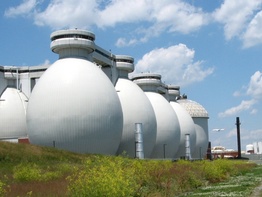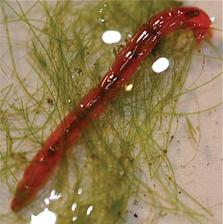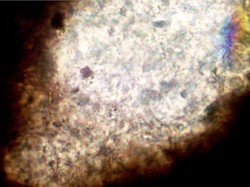 Municipal Anaerobic Digesters
Municipal Anaerobic Digesters First, commercially available microbial cultures are composed of mostly aerobic and facultative anaerobic microbes. In the anaerobic digester, these microbes can initiate decomposition via hydrolysis of organics. Often these cultures can also increase production of volatile acids. This is where commercially produced cultures stop being useful in anaerobic digesters! Often this is not the problem with anaerobic digester startup or during normal operation.
The rate limiting step in digesters is usually to conversion of hydrogen and volatile organic acids into methane. This is the mechanisms by which COD is removed from the unit. Unlike the commercial cultures, the methane is produced by cultures called methanogens. These archea microbes are obligate anaerobes that only grow in a highly reduced (low ORP) environment. The presence of oxygen is toxic to methanogens. This problem with oxygen toxicity makes a preserved methanogen product unlikely to be offered on the market.
Here is how I would suggest the engineer startup a digester:
- Enure all equipment is in working order and fill with influent to displace all oxygen in the unit and prevent external oxygen from entering
- Maintain temperature at at least 30oC to improve methanogen growth
- Add sludge from a properly operating anaerobic digester with good methane production
- The sludge should be trucked in and carefully added to prevent excess exposure to oxygen
- As methanogens require micronutrients that are often limiting in many waste streams, it is usually useful to add an anaerobic micronutrient package that includes Fe, Mg, Mn, Ni, Co, Cu, and Zn.
- If VFA production is not sufficient or a boost in hydrolysis is needed, the adding of commercial cultures such as Bacillus, Clostridium, and other acid forming microbes can be useful.




 RSS Feed
RSS Feed